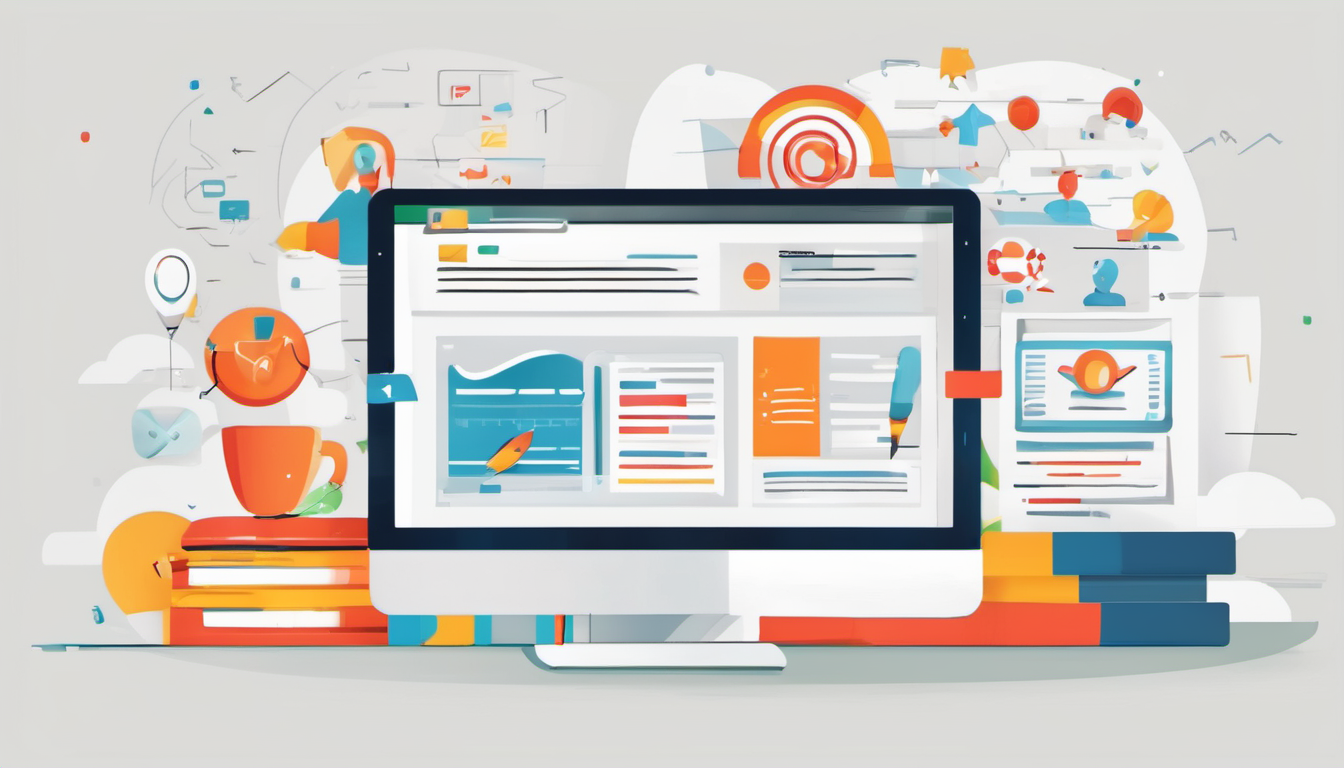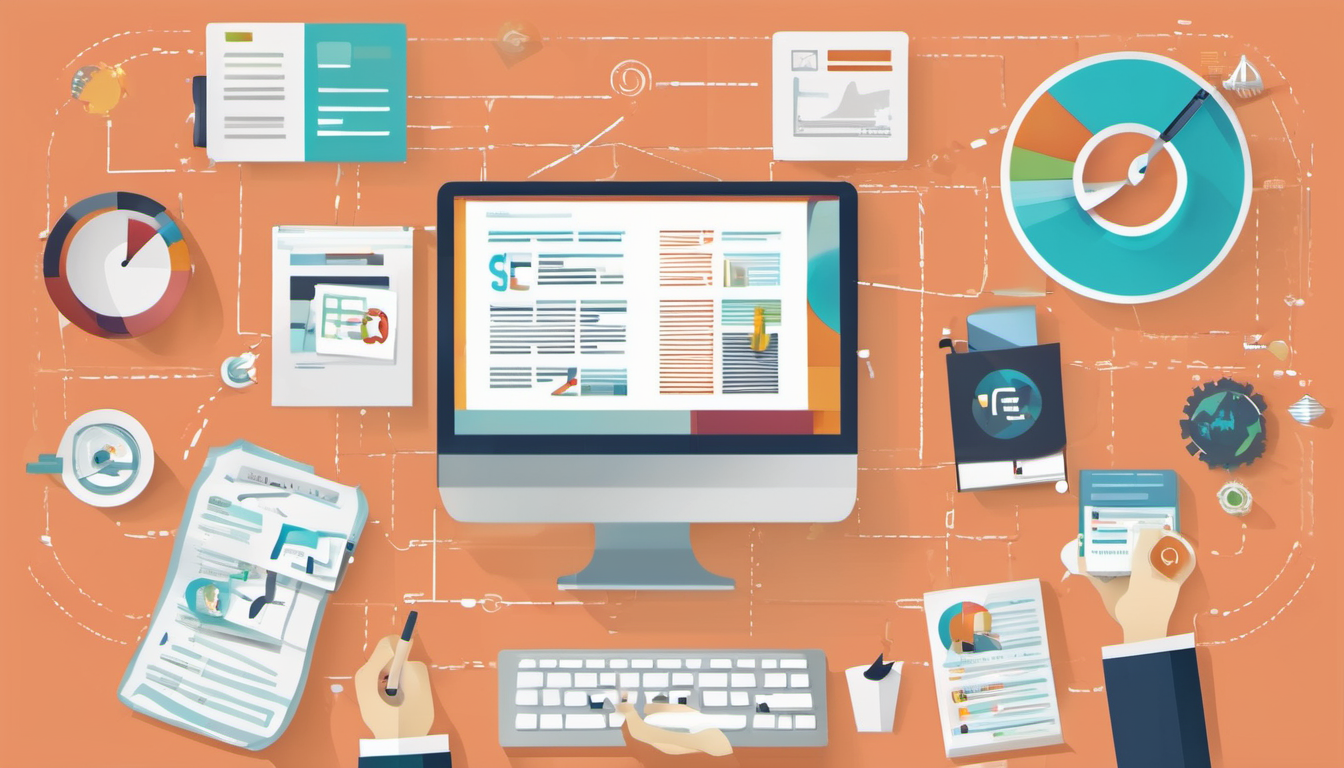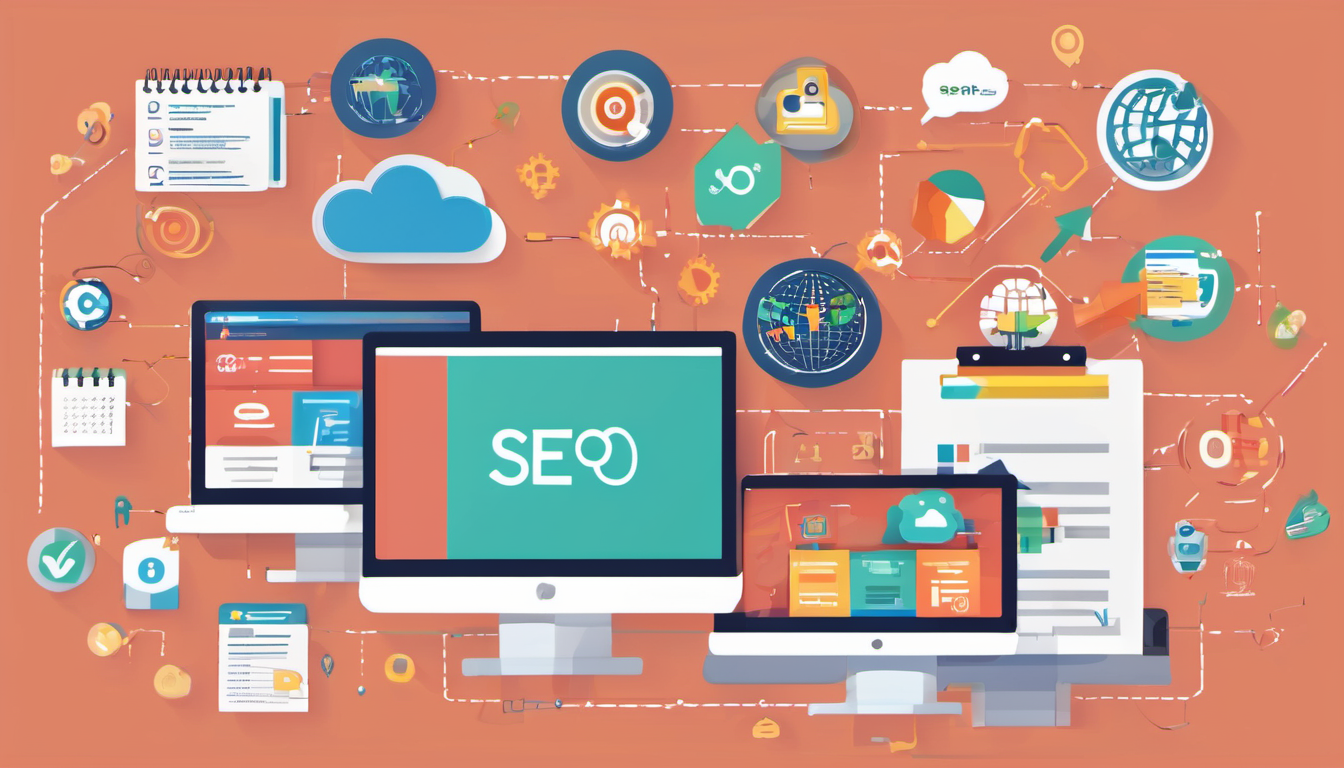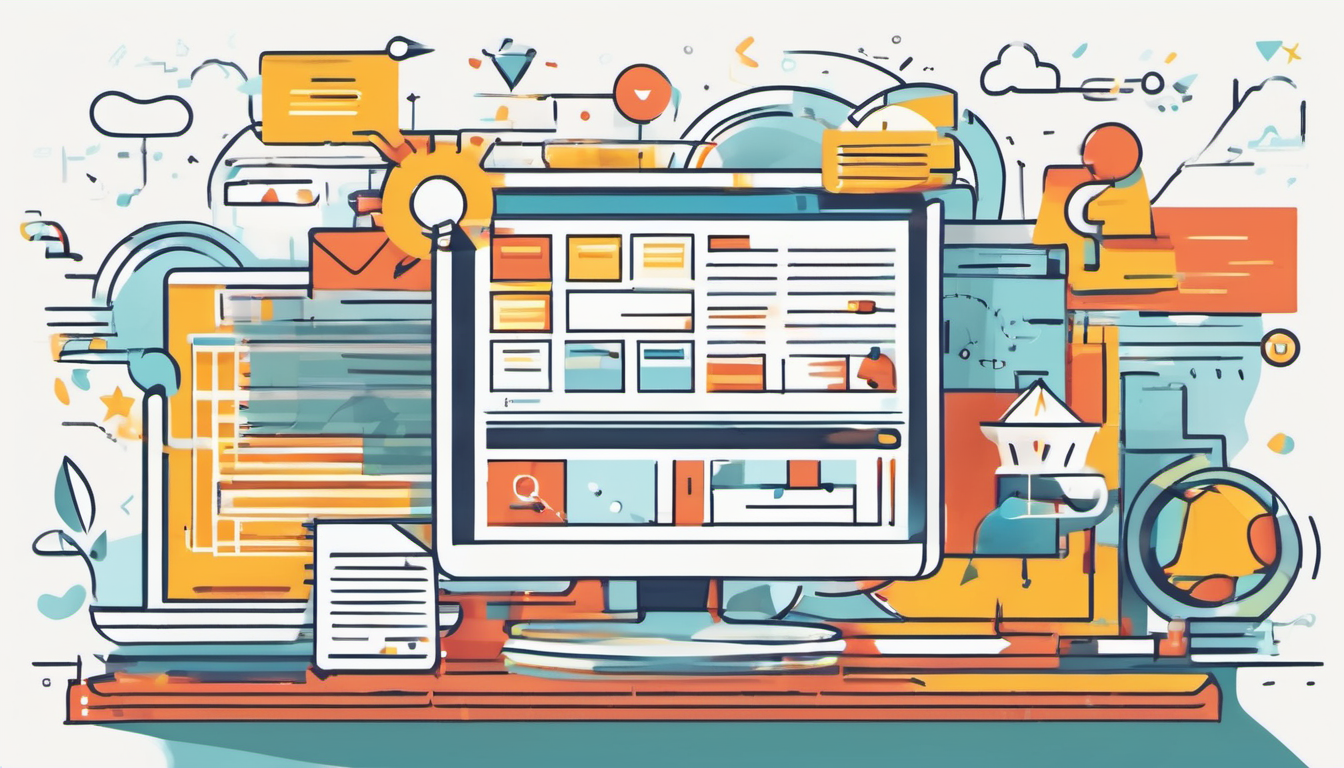10 Biggest Dangers of AI and their Solutions in 2024
Stay Ahead of the Curve: Safeguarding Against AI Risks in 2024
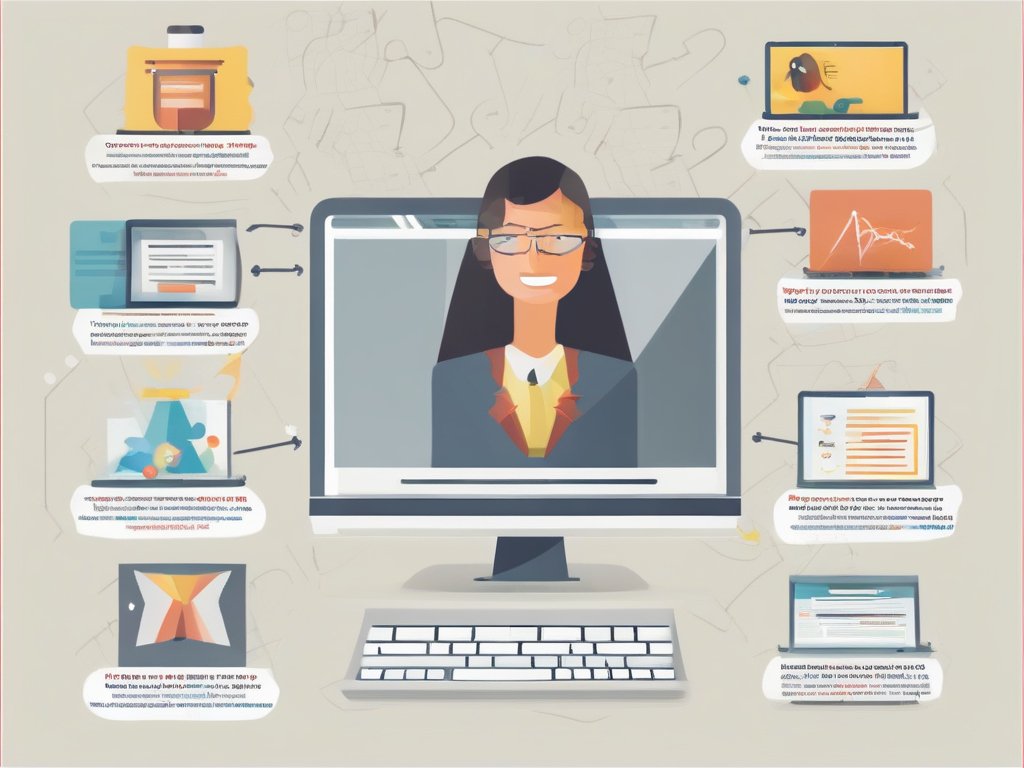
In 2024, as Artificial Intelligence (AI) continues to evolve and permeate various aspects of our lives, it's crucial to recognize and address the potential dangers associated with its deployment. Here are the 10 biggest dangers of AI and their solutions:
1. Job Displacement : AI automation threatens to replace human workers in various industries, leading to job loss and economic disruption. Solution: Invest in reskilling and upskilling programs to prepare workers for roles that complement AI technologies, such as data analysis, AI programming, and human-AI collaboration.
2. Bias and Discrimination : AI algorithms can perpetuate bias and discrimination present in the data they're trained on, leading to unfair outcomes, particularly in areas like hiring, lending, and criminal justice. Solution: Implement measures to identify and mitigate bias in AI algorithms, such as diverse dataset collection, algorithm transparency, and regular audits.
3. Privacy Concerns : AI-powered surveillance technologies pose a threat to individual privacy rights, as they can track and analyze vast amounts of personal data without consent. Solution: Enact robust privacy regulations and standards to govern the collection, use, and storage of personal data, ensuring transparency and user control over their information.
4. Security Risks : AI systems are vulnerable to attacks and manipulation, which can have serious consequences, including data breaches, identity theft, and misinformation campaigns. Solution: Develop AI systems with built-in security measures, such as encryption, authentication, and anomaly detection, and prioritize cybersecurity training and awareness among AI practitioners.
5. Lack of Accountability : AI systems often operate in opaque black boxes, making it difficult to understand their decision-making processes and hold them accountable for errors or biases. Solution: Implement mechanisms for AI explainability and transparency, such as interpretable algorithms, model documentation, and audit trails, to enhance accountability and trust.
6. Ethical Dilemmas : AI applications raise complex ethical questions, including issues of autonomy, consent, and fairness, which require careful consideration and ethical oversight. Solution: Establish interdisciplinary ethics committees and frameworks to evaluate the ethical implications of AI technologies and guide their responsible development and deployment.
7. Algorithmic Manipulation : AI-powered recommendation systems and content algorithms can manipulate user behavior and preferences, leading to filter bubbles, polarization, and misinformation. Solution: Promote media literacy and critical thinking skills to empower individuals to discern and evaluate information, and implement algorithmic transparency and diversity measures to mitigate manipulation risks.
8. Existential Risks : Speculative risks associated with advanced AI, such as superintelligence and runaway optimization, pose existential threats to humanity's survival. Solution: Foster interdisciplinary research and dialogue on AI safety and ethics, engage stakeholders in scenario planning and risk mitigation strategies, and advocate for international cooperation and governance frameworks to address existential AI risks.
9. Economic Inequality : The benefits of AI technology are unevenly distributed, exacerbating socioeconomic inequalities and widening the digital divide. Solution: Implement policies to ensure equitable access to AI technologies, such as affordable broadband internet, digital literacy programs, and inclusive AI education initiatives, to empower underserved communities and reduce economic disparities.
10. Loss of Human Autonomy : As AI systems become more pervasive and autonomous, there's a risk of diminishing human agency and control over decision-making processes. Solution: Promote human-centered AI design principles and guidelines that prioritize human values, preferences, and well-being, and develop regulatory frameworks to ensure human oversight and accountability in AI systems.
Addressing these dangers requires a concerted effort from policymakers, industry leaders, researchers, and civil society to ensure that AI technologies are developed and deployed in a manner that maximizes their benefits while minimizing their risks to society. By proactively addressing these challenges, we can harness the transformative potential of AI for the betterment of humanity in 2024 and beyond.
